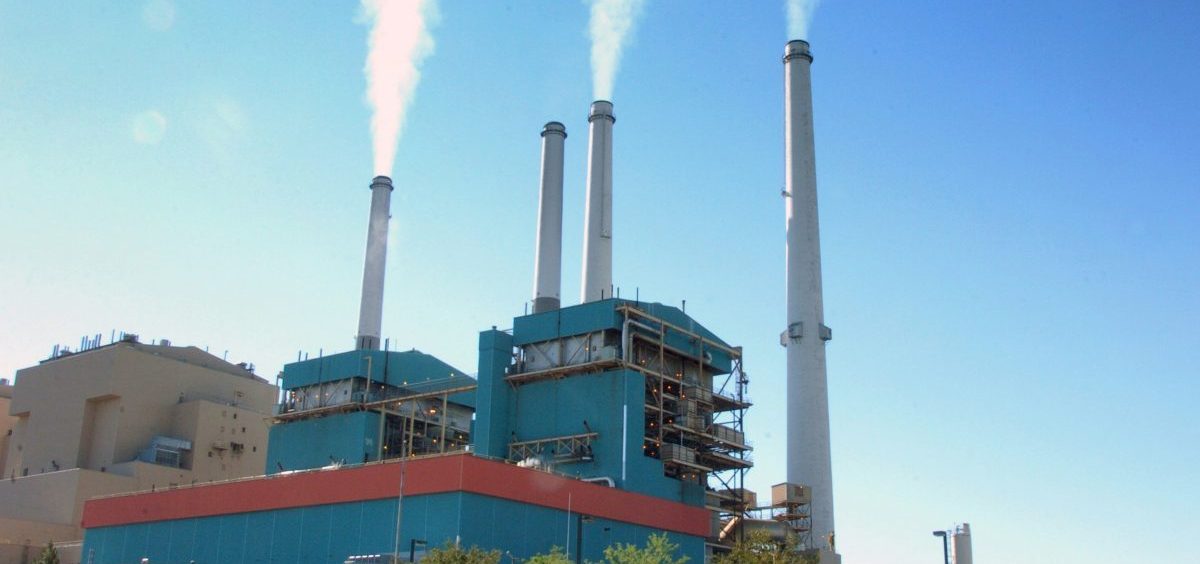News

Trump EPA Says Mercury Limits On Coal Plants Too Costly, Not ‘Necessary’
By: Jennifer Ludden | Jeff Brady | NPR
Posted on:
In another proposed reversal of an Obama-era standard, the Environmental Protection Agency Friday said limiting mercury and other toxic emissions from coal- and oil-fired power plants is not cost-effective and should not be considered “appropriate and necessary.”
The EPA says it is keeping the 2012 restrictions in place for now, in large part because utilities have already spent billions to comply with them. But environmental groups worry the move is a step toward repealing the limits and could make it harder to impose other regulations in the future.
In a statement, the EPA said it is “providing regulatory certainty by transparently and accurately taking account of both costs and benefits.”
The National Mining Association welcomed the move, calling the mercury limits “punitive” and “massively unbalanced.”
When coal is burned it releases mercury into the air, where it can cause health risks to people including neurological disorders, heart and lung problems and compromised immune systems. Babies developing in the womb and young children are especially at risk. The main source of exposure is through eating contaminated fish and seafood.
In 2015, a court ordered the EPA to take into account not just the benefits of the mercury rule but also its cost to industry. In its new proposal, the EPA estimates that cost at $7.4 billion to $9.6 billion annually and the benefits at just $4 million to $6 million a year.
By contrast, the Obama administration had calculated an additional $80 billion in health benefits because particulate matter and other toxic pollutants are also reduced when utilities limit mercury. It said those “co-benefits” included preventing up to 11,000 premature deaths each year.
“What has changed now is the administration’s attitude towards public health,” said Clean Air Task Force Legal Director Ann Weeks in a statement. Weeks called the EPA’s estimates outdated and said more recent research finds billions of dollars in public health benefits from reducing mercury emissions alone.
Others are concerned about the future impact.
“We should not limit ourselves in the ongoing fight against this dangerous pollutant,” said mercury expert Celia Chen of the Dartmouth Toxic Metals Superfund Research Program. In a statement, she said the warming climate, for example, might affect mercury’s impact on the environment but the EPA’s proposal could make it harder to address that. “Regulators need the tools to strengthen mercury controls in the future if needed,” she said.
Critics worry that revising the way the costs and health benefits of regulations are calculated could undermine the justification for a range of other environmental rules as well, possibly making them more vulnerable to legal challenge.
Jeff Holmstead doesn’t think that’s necessarily so. He’s a former EPA air administrator now with Bracewell LLP, which represents energy industry clients. In a statement, he said the EPA is not restricting courts from considering the co-benefits of a certain regulation but merely saying it should not justify a regulation like “this case, where virtually all the benefits are co-benefits.”
Even though the EPA’s mercury standards have faced court challenges, utilities spent more than $18 billion to comply with the requirements. In a letter to the EPA last summer, utilities and regulatory and labor groups said mercury emissions had been reduced by nearly 90 percent over the past decade.
In that letter they also asked the Trump administration’s EPA to leave the existing standards in place.
Since many regulators have included the equipment costs in utility rates, some worry that no longer requiring the limits could leave customers paying for the pollution controls without getting cleaner air. That’s because it also costs money to continue operating that equipment.
“It’s not unreasonable to expect that if the standards go away there will be some number of utilities that will choose to no longer operate pollution controls that they’ve installed,” says Janet McCabe, former acting assistant administrator of the Office of Air and Radiation at EPA during the Obama administration.
In 1990 Congress amended the Clean Air Act and advised the EPA to limit mercury emissions from a variety of industries. It took 21 years before the EPA finalized the Mercury and Air Toxics Standards for coal-fired power plants. The standards help meet the country’s commitments under the Minamata Convention on Mercury.
The proposal to weaken the mercury limits is the latest in a series of efforts the Trump administration has taken to help the struggling coal business. The federal Energy Information Administration says U.S. coal consumption in 2018 is expected to be at its lowest level in nearly four decades. Even as coal use rises in China and India, the domestic industry has struggled to compete with cheaper electricity produced from natural gas and renewable energy.
In December the administration proposed a revision that would allow coal-fired generators to emit more CO2 per megawatt-hour of electricity generated. The EPA has also moved to relax Obama-era regulations on carbon emissions and roll back existing regulations that govern coal ash.
The EPA proposal is open to public comment for 60 days after it is posted in the Federal Register.
9(MDI4ODU1ODA1MDE0ODA3MTMyMDY2MTJiNQ000))

